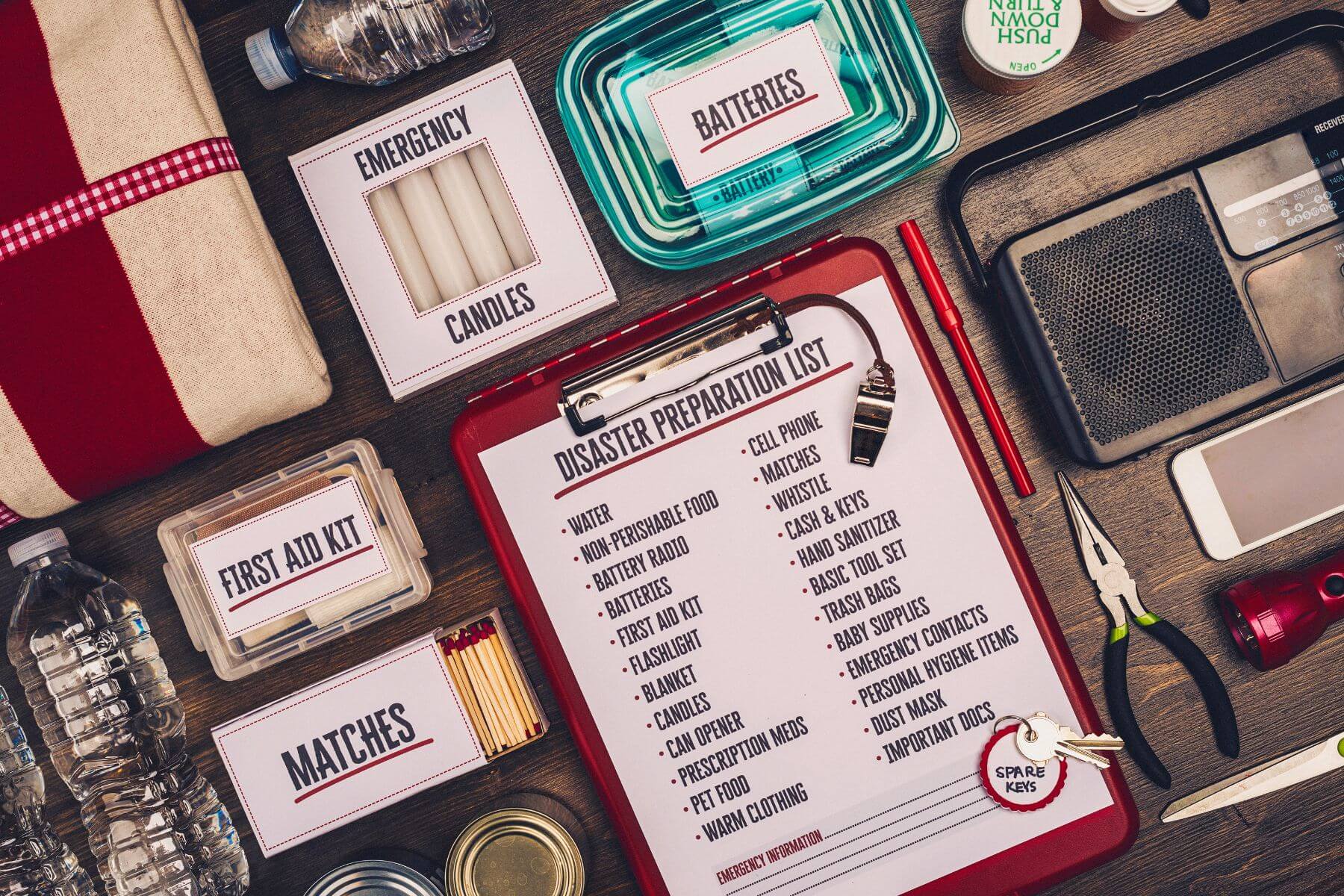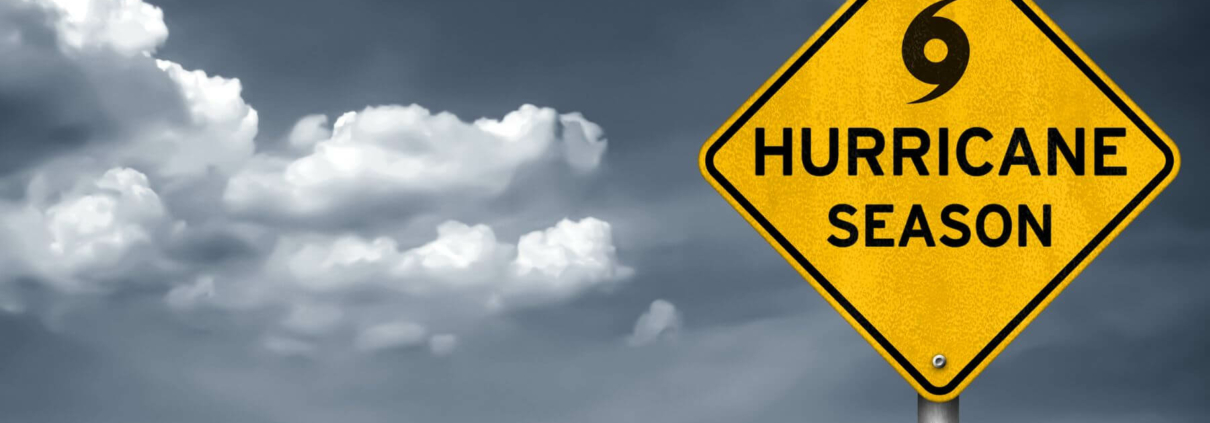Preparing Your Home for Hurricane Season: Essential Steps for Ensuring Safety and Minimizing Damage
Hurricane season is upon us, and as a homeowner, it’s crucial to be prepared for the potential devastation these monstrous storms can bring to our property and family. By taking proper preventative measures and having a solid backup plan in place, we can minimize damage to our homes and ensure the safety of our loved ones. Let’s delve into the essential steps every property owner must take to ensure proper hurricane preparedness.
Creating a Backup of Important Documents
One often overlooked aspect of hurricane preparedness is backing up essential documents. From insurance policies and mortgage documents to identification papers, it’s important to have digital copies of these documents stored in a secure location like a password-protected cloud storage or an encrypted USB drive. Having these digital backups can save you time and heartache when dealing with the aftermath of a hurricane, as you won’t need to rummage through the debris for important paperwork.
Pro tip: Go paperless with your billing statements for your utilities and other essential services. This eliminates the need for physical documents while making it easier to access these records through your online accounts.
Regular Roof Inspections
Your home’s roof is its first line of defense against the powerful winds and pelting rain of a hurricane. Regular roof inspections, carried out by a qualified professional, can identify any weak spots, loose shingles, or other hazards that may quickly escalate into severe damage during a storm.
Ensure your roof is in top shape by scheduling regular inspections, ideally before the start of hurricane season. A thorough inspection will reveal any necessary repairs or replacements, helping you avoid leaks, water damage, and even roof collapses during a hurricane.
High-Quality Property Photos
While this may not seem like a major step in hurricane preparedness, having high-quality, up-to-date pictures of your property can be a lifesaver when filing insurance claims after a storm. Insurance adjusters will often request images of your home, both the exterior and the interior, to assess the damage and determine your compensation.
By having a comprehensive photo gallery of your property, you can provide your insurance company with a clear depiction of the state of your home before the hurricane, reinforcing your claim with visual evidence.

Implementing Risk Mitigation Strategies
Risk mitigation is a valuable component of hurricane preparedness. Installing hurricane shutters, investing in impact-resistant windows or doors, and clearing potential debris from the exterior of your home are all effective ways to secure your property and reduce damage from a storm. Additionally, having a preparedness kit with essential supplies like flashlights, batteries, non-perishable food, and bottled water can make a world of difference in ensuring you and your family are safe and comfortable during the storm.
Additional Hurricane Season Safety Tips
Here are some additional tips to consider for hurricane preparedness:
- Develop and practice an evacuation plan with your family that includes a meeting place and multiple routes to get there in case roads are blocked or damaged.
- Keep a small supply of cash on hand, as power outages can make ATMs and credit cards unusable.
- If you have a generator, make sure it is properly installed and maintained. Running a generator improperly can cause carbon monoxide poisoning or other hazards.
- Make sure your car has a full tank of gas before the storm hits. Gas stations may be closed or without power for a period of time after the storm.
- Consider investing in flood insurance, even if your property is not located in a designated flood zone. Flooding can occur from storms and hurricanes even in areas that are not typically flood-prone.
- Create an emergency kit with extra medication, first aid supplies, baby supplies, and pet supplies (if applicable) that is ready to grab in case of an evacuation.
- Understand the difference between hurricane categories and what they mean. The Saffir-Simpson Hurricane Wind Scale rates hurricanes on a scale of 1 to 5 based on wind speed. Understanding the category of the hurricane can help you make informed decisions about whether to stay put or evacuate.
- Familiarize yourself with your community’s hurricane evacuation zones and routes. Knowing your zone can help you determine whether you need to evacuate and which route to take to get there.
- Secure your home before the storm hits. Cover windows and doors with storm shutters or plywood, trim trees and shrubs, secure outdoor objects that could become dangerous projectiles, and make sure your roof is in good condition.
- 10.Keep abreast of the latest weather updates, including any changes in the hurricane’s projected path, speed, and category. Monitor local news and social media accounts for timely information, and sign up for emergency alerts from your community’s emergency management agency.
By following these additional tips, you can enhance your hurricane preparedness and ensure the safety of yourself, your family, and your home during a storm. Remember, it’s important to take action early and not wait until the last minute to prepare!


Leave a Reply
Want to join the discussion?Feel free to contribute!